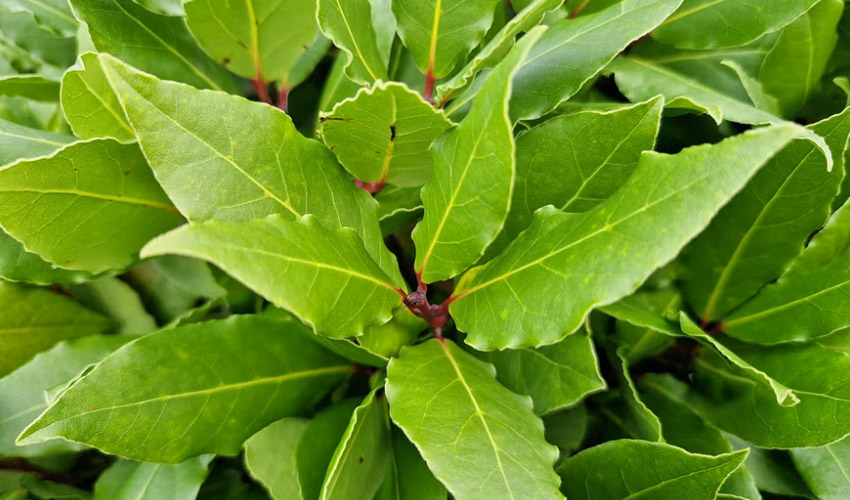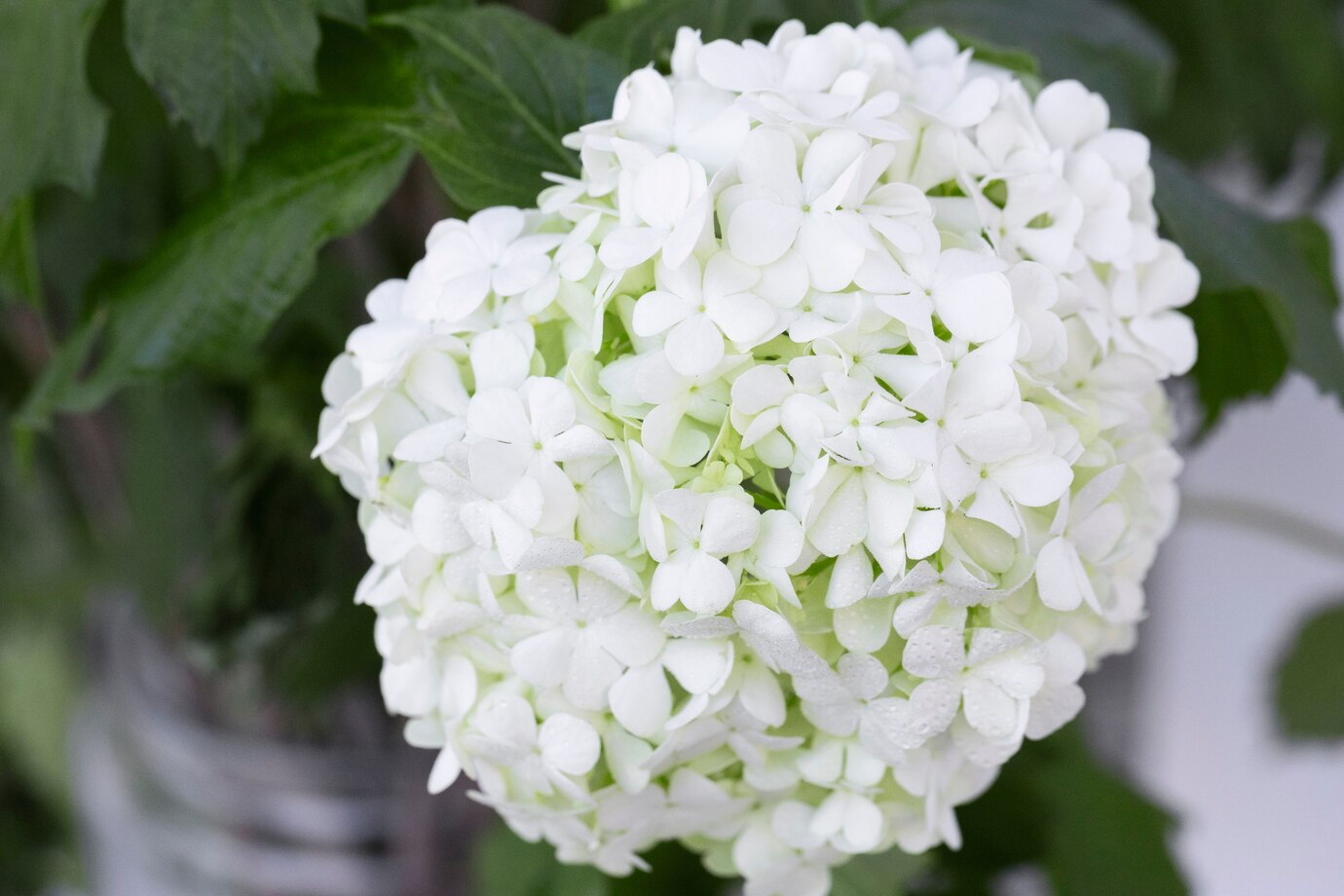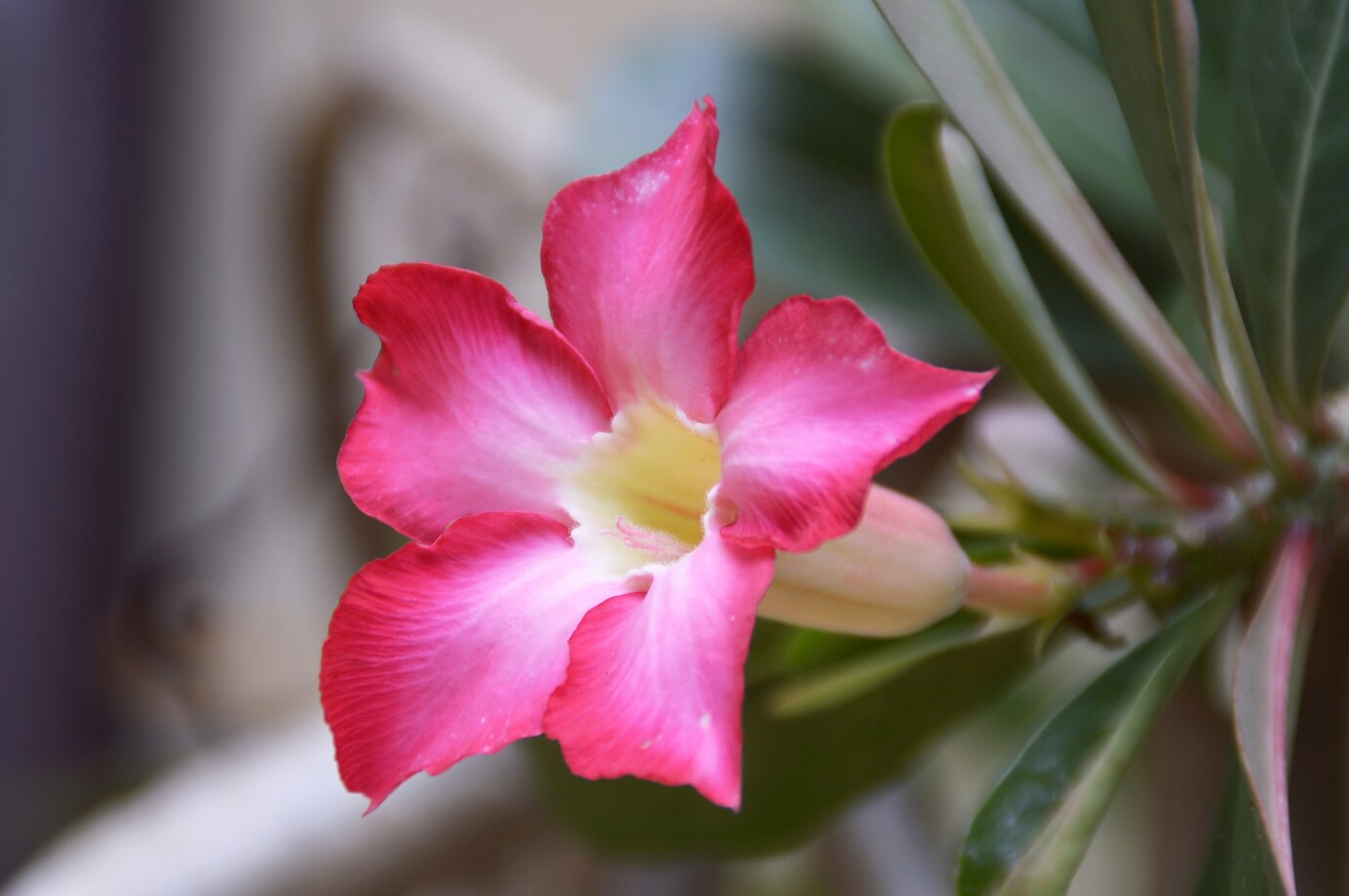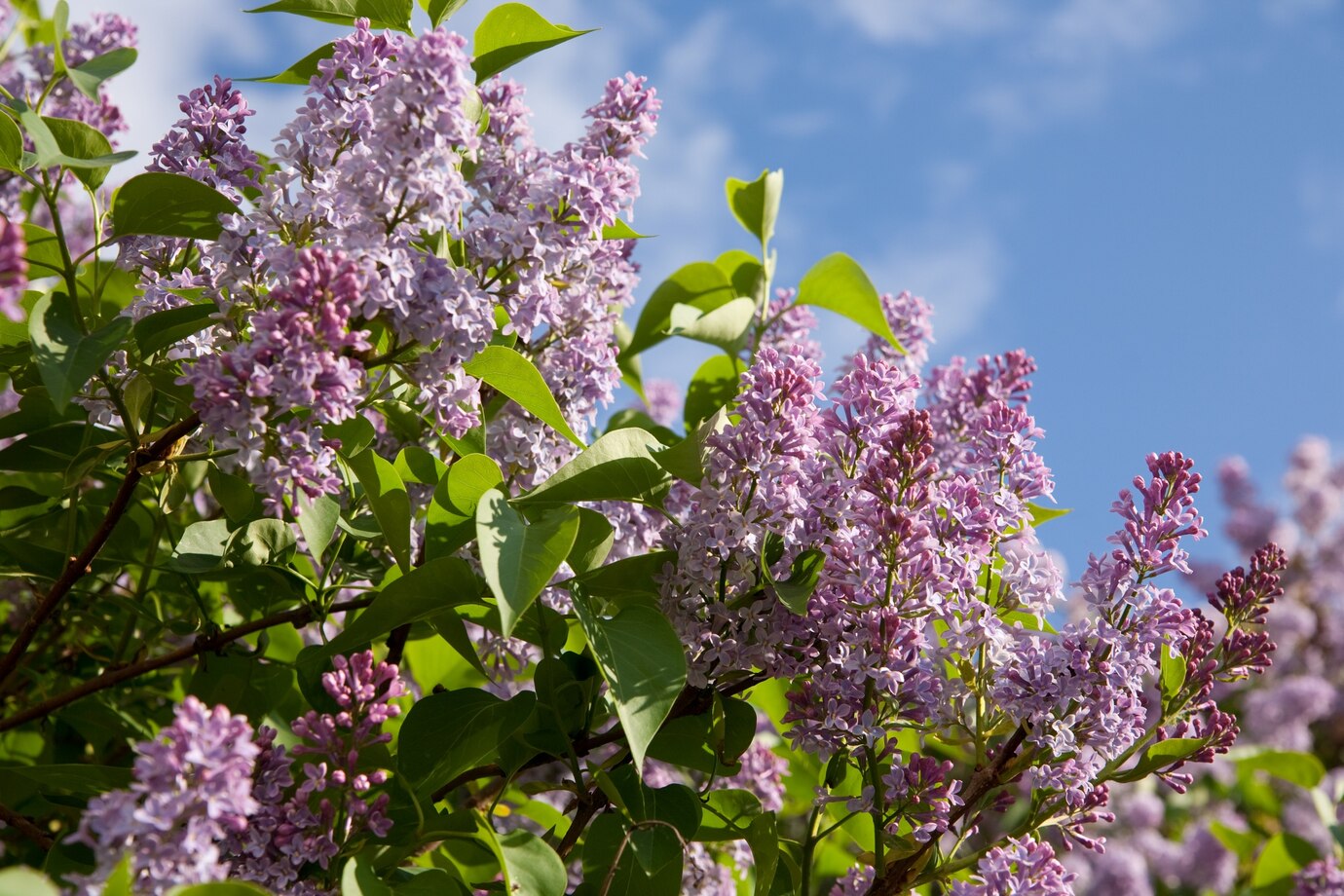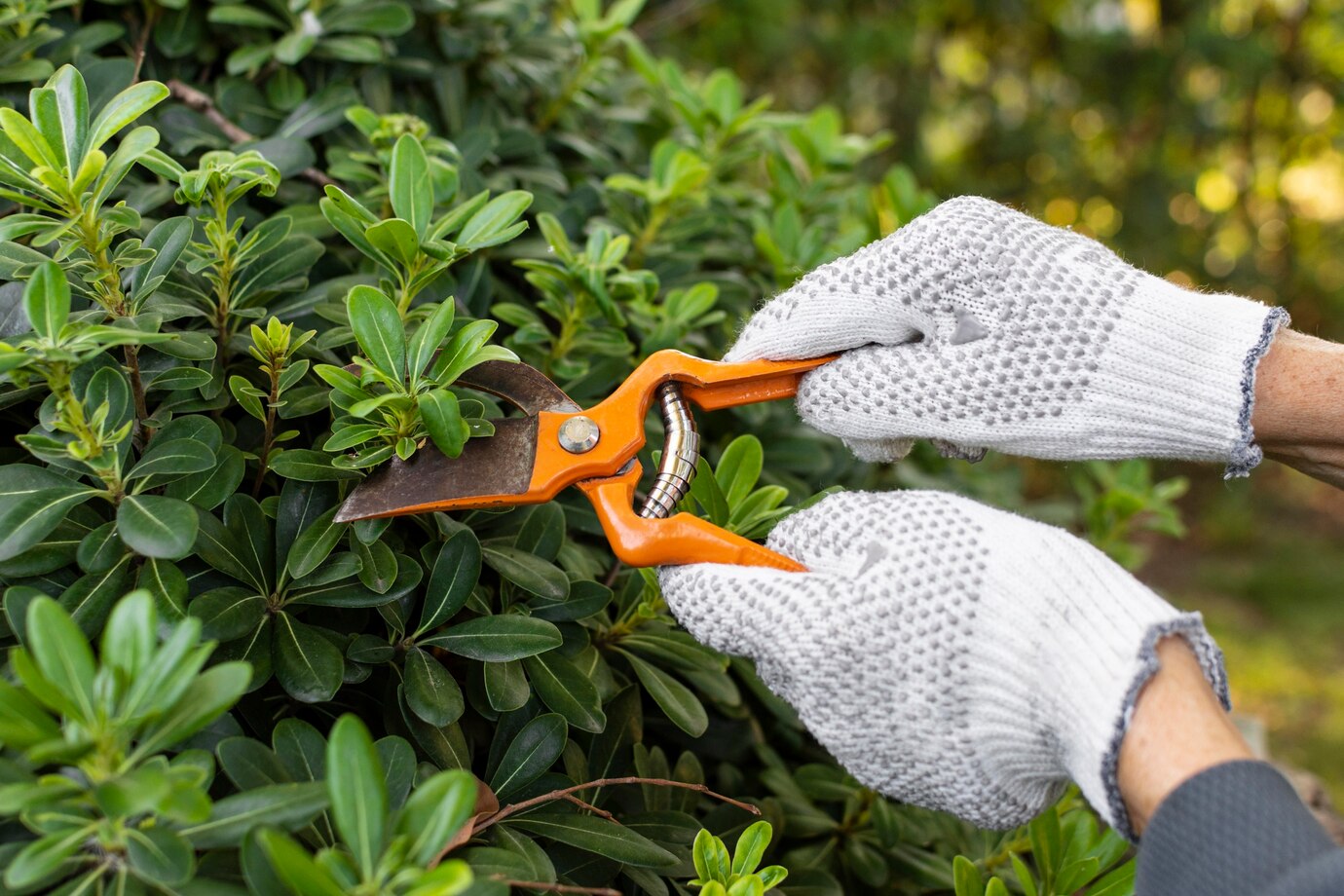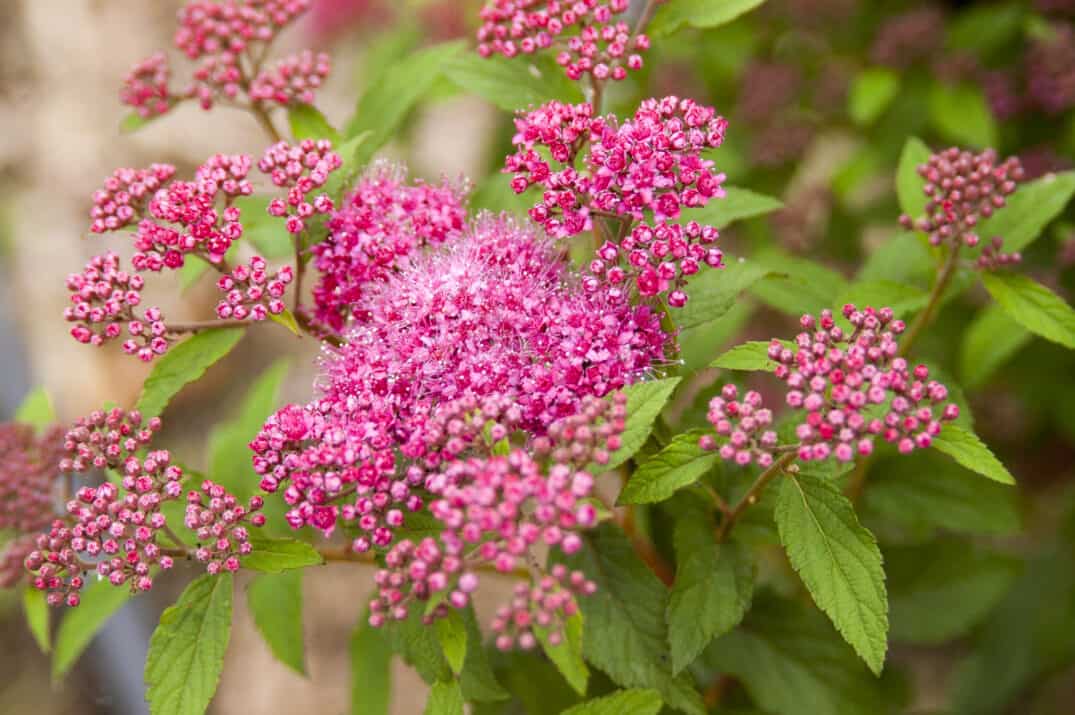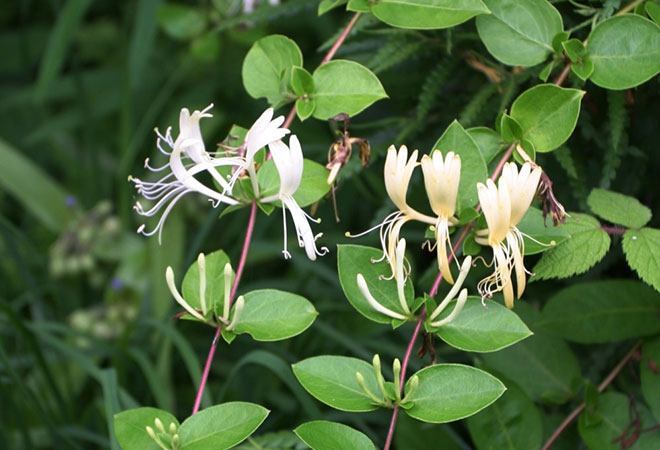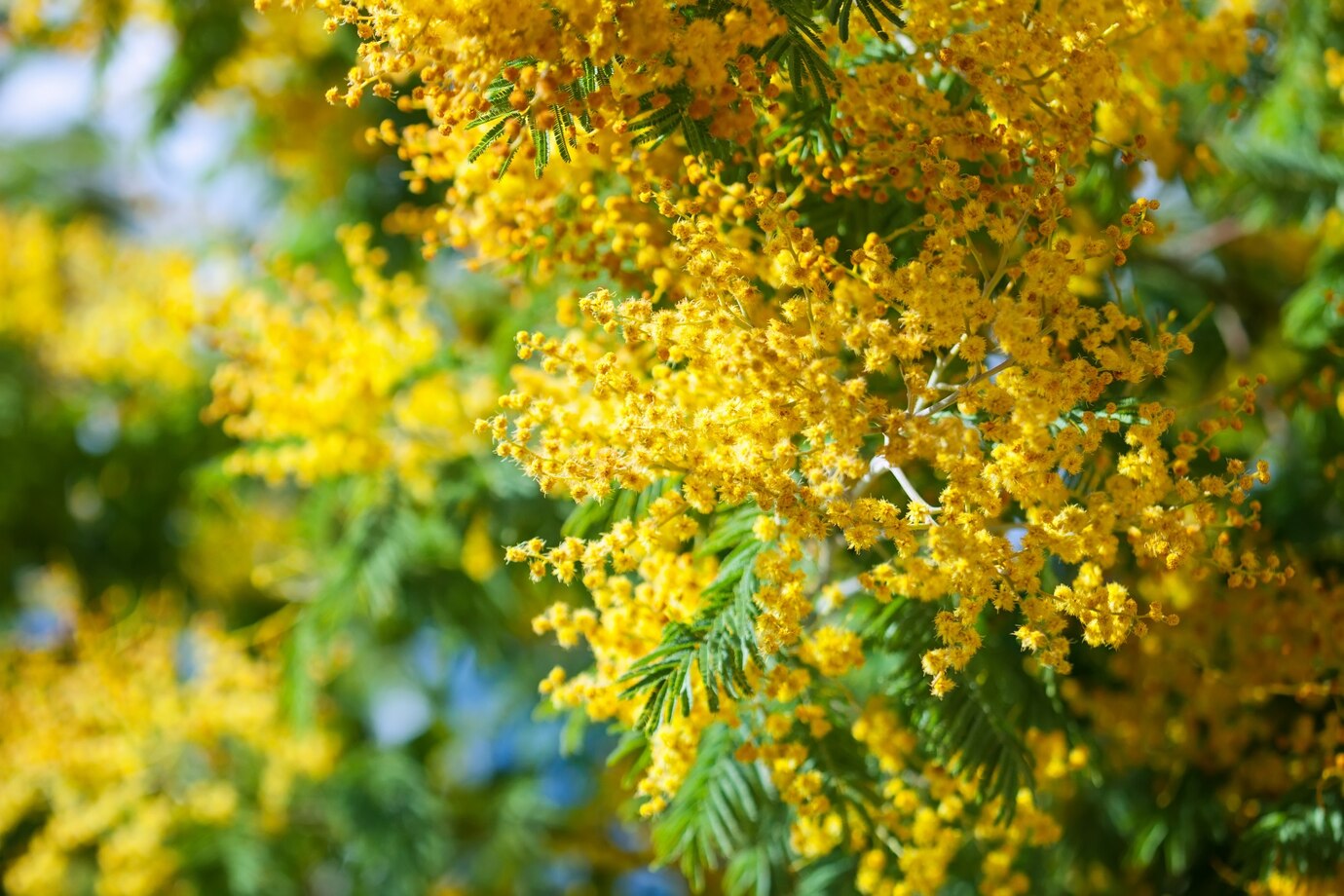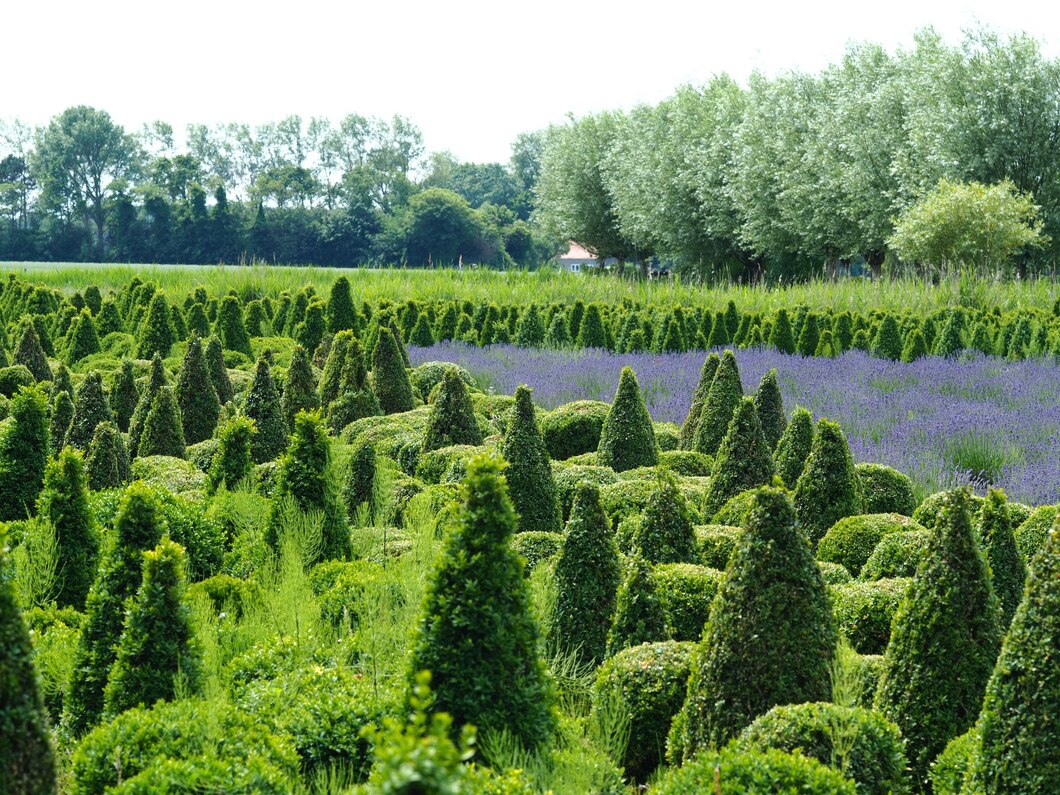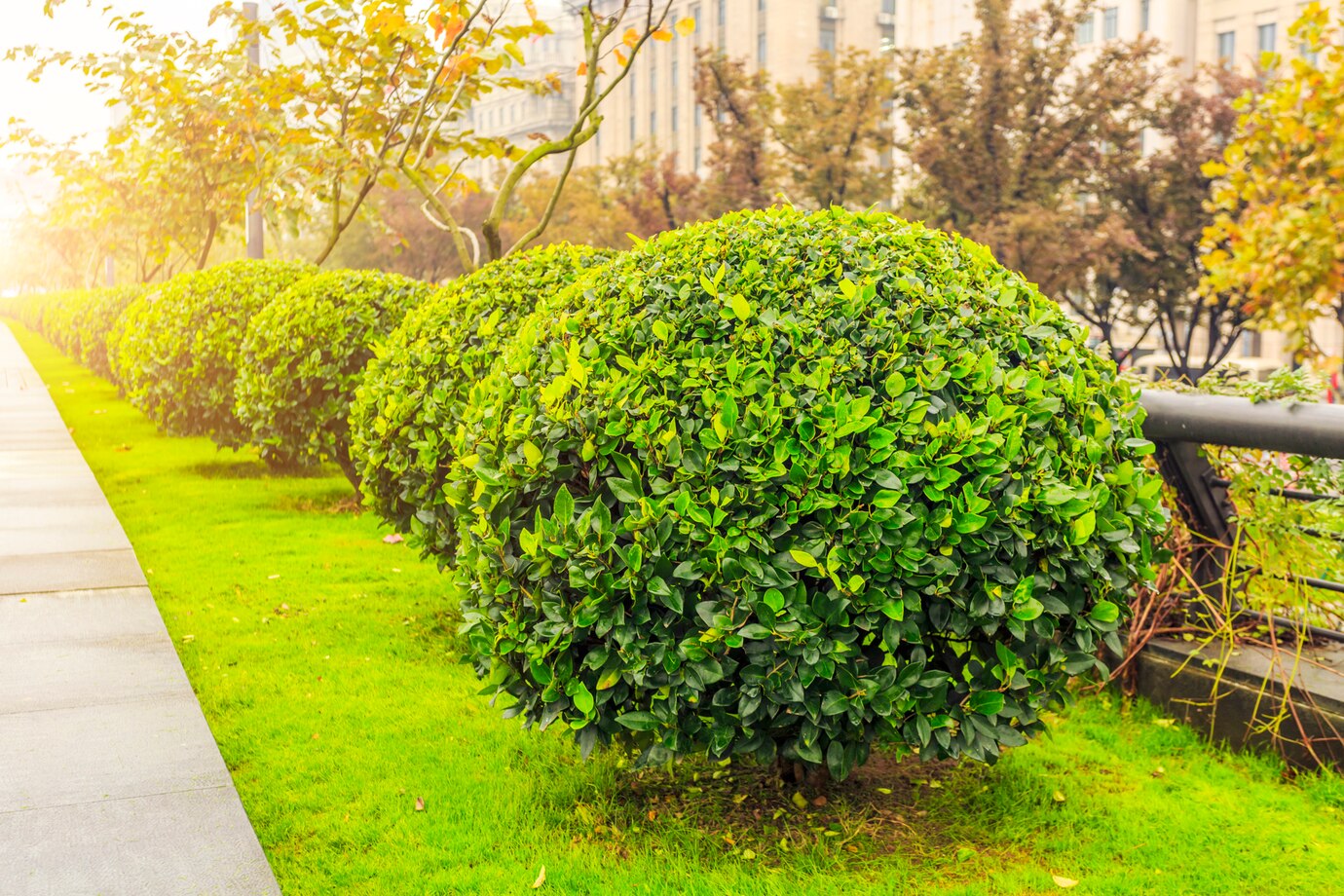The bay tree is a hardy evergreen shrub or compact tree with glossy, fragrant foliage. It is native to the Mediterranean region and is usually cultivated in garden beds or containers, and can be pruned into decorative forms. This slow-growing plant requires little maintenance, making it a favorite among gardeners. Its flavorful leaves are frequently used in a wide range of dishes, whether freshly picked or dried. Here’s a complete guide to growing bay trees successfully.
Table of Contents
ToggleVarieties of Bay Tree to Grow
The bay tree, also called laurel, belongs to the species Laurus nobilis. Keep in mind that other plants share the name “laurel,” but some—such as cherry laurel and Portuguese laurel—are toxic. Always make sure your plant is a genuine Laurus nobilis before using its leaves in cooking.
There are only a handful of bay tree varieties worth considering:
Standard bay tree (Laurus nobilis) – The most familiar type, with rich, glossy green leaves.
Golden bay (Laurus nobilis ‘Aurea’) – A striking form with bright golden-yellow foliage.
Willow-leaved bay (Laurus nobilis f. angustifolia) – Known for its slimmer, pale green leaves with slightly wavy edges.
Bay trees produce small, insignificant flowers that later develop into modest berries. What truly stands out are their aromatic leaves and the graceful structure of the tree, making them a timeless favorite in gardens and kitchens.
What You’ll Need to Grow Bay Trees
Bay trees thrive both in containers and in the ground, and they respond well to pruning into stylish or decorative forms. While they’re most often grown outdoors, they can also be adapted to indoor conditions if provided with sufficient light and consistent moisture.
You can raise bay trees from seeds or cuttings, but the process is slow. It’s usually faster and easier to start with a young plant. The best time to plant is between April and June. Here’s how to get started:
- Dig a hole a little bigger than the root ball, or if planting in a container, prepare a spacious container filled with rich, well-composted soil.
- Water the hole or container thoroughly, then let the excess drain away.
- Position the plant upright in the hole, ensuring the stem stands straight and true.
- Refill the hole with soil, or add more compost to the container, pressing gently so the roots make firm contact.
- For plants grown in the ground, water well and finish with a layer of organic mulch.
- Keep young bay trees well-watered during their first year, and continue to water container-grown ones regularly.
Where to Plant and Position Bay Trees
Bay trees work beautifully as hedges, natural dividers in larger spaces, or as striking standalone shrubs. They also look elegant when grown in containers and shaped with care. Although they can eventually reach heights of up to 8 meters (approximately 26 feet), their slow growth makes them relatively easy to manage. Container-grown plants typically remain smaller, as the pot limits root growth.
These trees prefer well-drained soil but adapt well to a variety of conditions, including slightly acidic or alkaline ground.
For the best results, place bay trees in a sunny area with protection from strong winds. They don’t handle prolonged frost well, so in colder regions, choose a sheltered planting site. If growing in containers, be ready to move them indoors or wrap them with protective fleece whenever temperatures drop below -5°C (23°F).
Caring and Nurturing Bay Trees
When learning how to grow bay, remember that these trees thrive in plenty of natural light and warmth. Once established in the ground, they usually won’t need extra watering. However, container-grown plants require regular watering throughout the year and benefit from monthly feeding during spring and summer with a balanced liquid fertilizer.
Prune between April and August to keep the plant in shape. Watch for suckers that may sprout along the stem and remove them if they don’t match the tree’s intended form. Always use secateurs rather than shears, as cutting through only part of a leaf causes it to wither, leaving the plant looking untidy.
Common Pests and Diseases
Bay trees are generally hardy and not prone to serious issues, but a few minor problems can occasionally appear.
Bay suckers feed on the sap of the tree, which causes leaves to curl, discolor, and look unhealthy. Attract natural predators like ladybirds and garden birds to help control them, and remove any damaged leaves to prevent further spread.
Tortrix moth caterpillars weave leaves together, spoiling the plant’s appearance. A few caterpillars usually aren’t harmful, but larger infestations can spread quickly to nearby plants. In such cases, act promptly by removing the affected foliage or using an appropriate organic pest control spray.
Powdery mildew appears as a fine white, powdery coating on the leaves and stems. To reduce humidity and discourage its spread, improve airflow around the plant, and prune out affected parts. A general-purpose fungicide may also be applied if the problem persists.
Scale insects hide on the undersides of leaves, feeding slowly and weakening the plant over time. They can be tricky to eliminate, so check regularly and wipe them off manually, repeating until the infestation is under control.
FAQs
Can I grow bay trees in containers?
Yes. Bay trees adapt very well to pots and look especially striking when pruned neatly.
Is it safe to cook with fresh bay leaves?
Absolutely. Bay leaves add a rich, aromatic flavor to dishes such as stews, soups, and casseroles.
Can bay trees remain outdoors during winter?
Bay trees tolerate mild winters, but they dislike prolonged frost. Protect them during extended cold spells by moving container plants indoors or wrapping outdoor ones in protective fleece.

